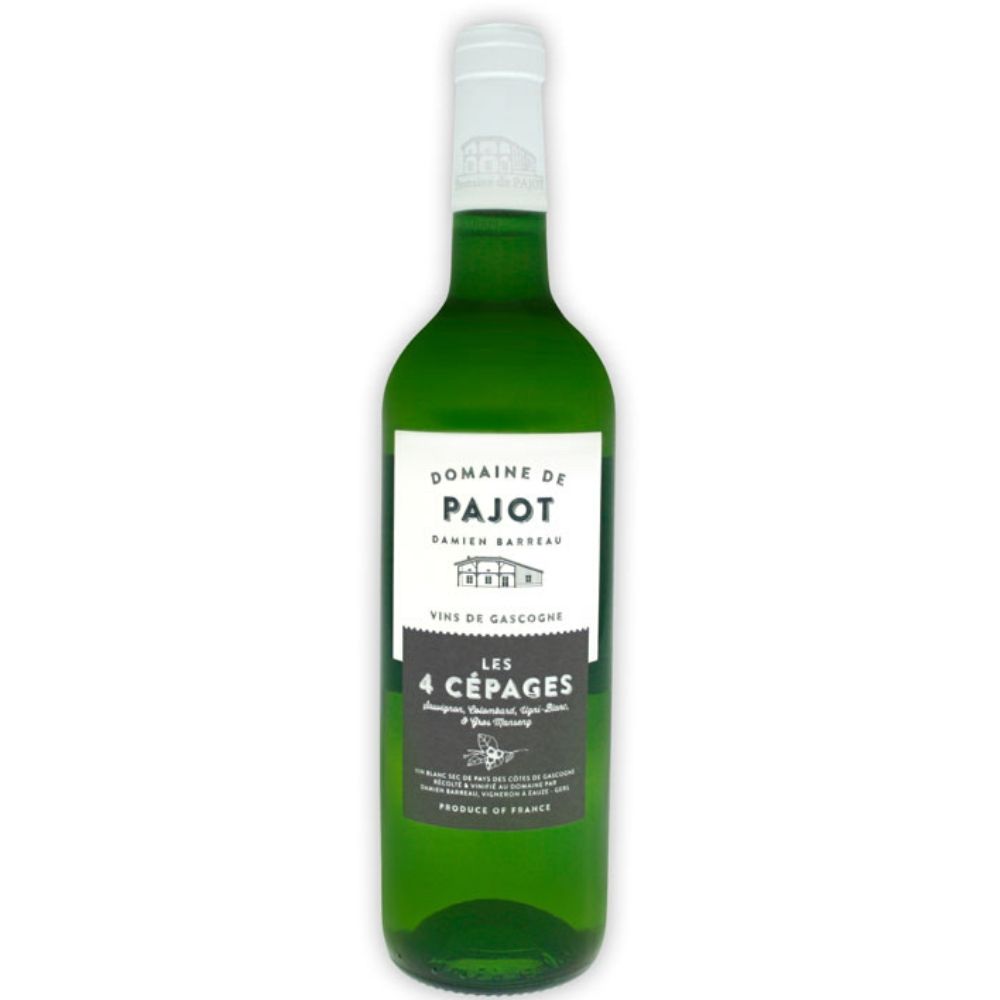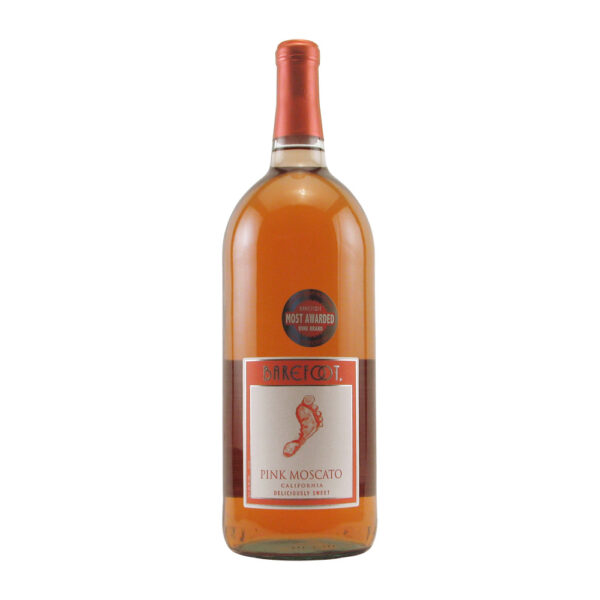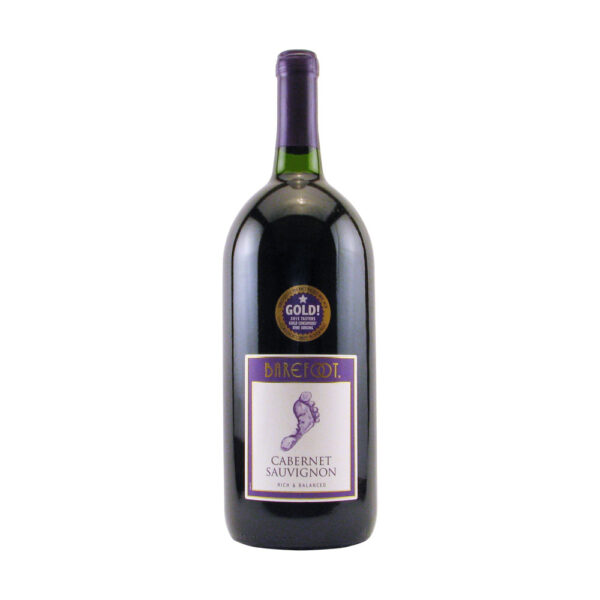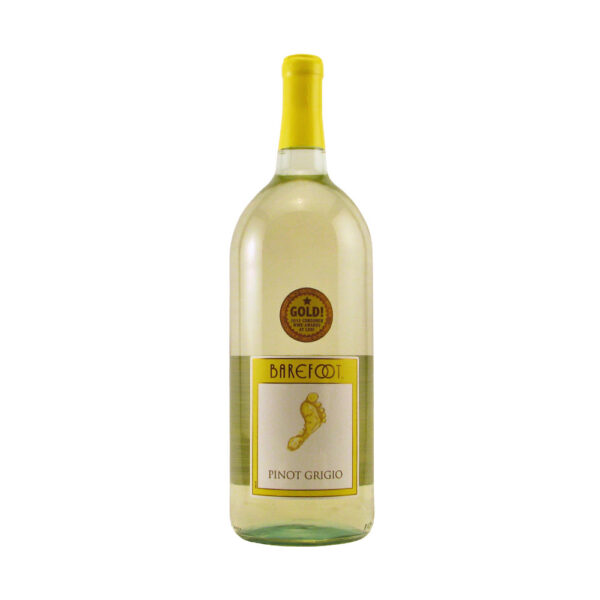Description
Domaine De Pajot Les 4 Cépages
Domaine de Pajot is located in Gascony, on the hillsides overlooking Eauze, and has been in the hands of several generations of the Barreau family since their acquisition of the property in 1973.
This blend of Sauvignon Blanc, Colombard, Ugni Blanc and Gros Manseng is the epitome of the Gascony region of France. Light and fruity, fresh and crisp, with a bright texture and plenty of refreshing acidity. This is a wine to drink easily as an aperitif or with a platter of shellfish.
Domaine De Pajot Les 4 Cépages Notes To Your Senses:
- TASTE: Light-bodied and crisp citrus fruits notes with a well balanced acidity
- AROMA: Citrus, exotic and white fruits
- APPEARANCE: Pale yellow
- ABV: 11.5%
- PAIRING: White meats, soft cheeses, fish and seafood
White Wine:
White wine is made without the skin of the grape and produced through a method called alcohol fermentation. Also, the majority of white wines are lighter and have a crisper, more citrusy flavor compared to red.
It’s best to serve white wine in glasses with a larger bowl so that bold aromas and flavors emerge as they mingle with oxygen in the air. Many wine glass manufacturers have added a hint of green or blue feet to wine glasses as it flatters white wine and helps emphasize the separation between the glass and wine. Traditionally speaking, white wines are served before reds, while younger wines should be served before older vintages.
In addition, due to white wine’s aroma, acidity and ability to soften meat and deglaze cooking juices, white wines are often used in cooking. Sweet wine goes well with sweet and savory dishes to mitigate the heavy sugar and stimulate the fruitiness.
If you’re a sparkling wine lover at mealtime, you’re in luck, it can be taken any time during the meal because of its diversity. By choosing a sparkling wine, it allows the retention of the same wine from the beginning to the end of the meal.
Making it a must have in any household!
Master Sommelier Little Known, Big Facts:
- The color of wine depends on the fermentation extracts using skin, like Red wine as compared to white wine, leaving the skin behind
- The oldest bottle of wine dates back to A.D. 325; it was found in Germany inside two Roman sarcophaguses
- The worst place to store wine is usually in the kitchen because it’s typically too warm, in refrigerators, their warmest setting can be too cold
- Richer heavier foods usually pair well with richer, heavier wines; light wines pair with lighter foods
- Generally, a vintage wine is a product of a single year’s harvest, not when the wine is bottled
- A “dumb” wine refers to the lack of odor while a “numb” wine has no odor and no potential of developing a pleasing odor in the feature
- If a server or sommelier hands you a cork, don’t smell it, look for the date or other information ( mold, cracking, or breaks)
- Tannin is a substance that tingles the gums when you indulge your palate with a sip of wine, it’s an excellent antioxidant
- Smell is by far the most important sense when it comes to drinking wine
- Wine was first developed in Mesopotamia, not France
- French wines are labeled following the soil on which they are produced, not according to the grape used
- When chilling wine, adding salt to ice will cool it down faster
Warnings:
You must be 21 or over to purchase this product
Instructions:
Serve chilled or at room temperature






Reviews
There are no reviews yet.